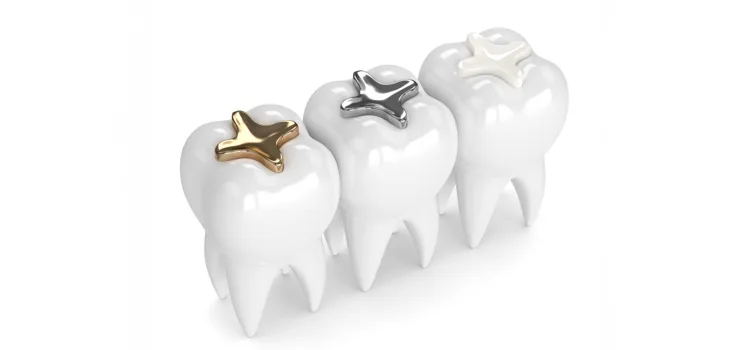
Dental Fillings: What Are They, Types, & Procedure

This blog has been reviewed and approved by Dr Robert Lee, a dental professional of 35 years
Table of Contents
Key Takeaways
- A dental filling is one of the most common dental treatments and the procedure is uncomplicated though depends on the severity of your needs and the type of material used for your dental filling.
- There are over 5 different dental filling materials to choose from that best suit your needs. Your dentist will determine the best material based on the severity of your condition.
- Maintaining an optimum oral care routine (which includes regular visits to the dentist and dental hygienist will help to ensure the lifespan of your dental filling.